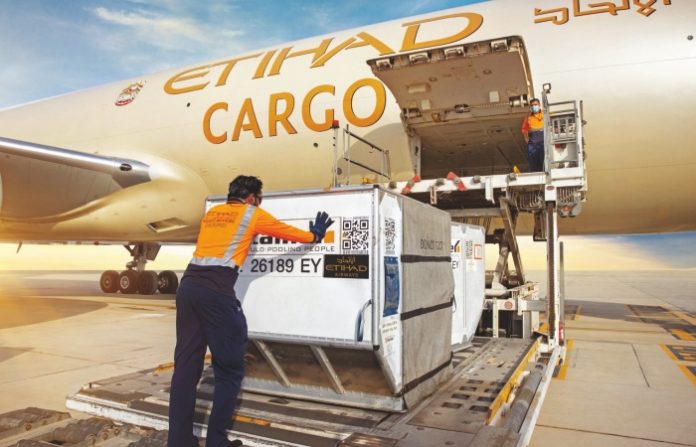Last year witnessed less demand and lower rates for the air cargo industry. Based on the international environment in this year, we see right now that airlines are still achieving rates 75% higher than pre-COVID levels. That indicates the glass is by far still half full, states TIACA.
CT Bureau
A turbulent 2022 for the global air cargo market ended in December with a ‘win, win’ outcome for airlines, forwarders and shippers as chargeable weight fell —8 per cent on a year ago and the general airfreight spot rate registered its largest year-on-year decline of 35 per cent, but overall average rates remained 75 per cent above the pre-COVID level, according to weekly market analysis by CLIVE Data Services, part of Xeneta.
The —8 per cent fall in global air cargo volumes represented the 10th consecutive month of lower demand, down —13 per cent compared to 2019, at a time when available airfreight capacity continued to restore above last year’s level.
“It would be easy to take a pessimistic view of the global air cargo market’s downturn, but there is little to ignore where it has come from. There is little use comparing it to the same time last year because then we had no Russia-Ukraine conflict, no high energy prices, no soaring interest rates, nor the impact of the subsequent cost-of-living pressures,” commented Niall van de Wouw, Chief Airfreight Officer, Xeneta.
“We wish the industry a happy New Year, but we do not see demand recovering quickly because of the world’s geo-political situation. But we do expect to see supply continuing to come back to the market. We see an efficient air cargo market after 70-80 per cent fall in ocean rates in past eight-nine months. The fact the airfreight domain is competitive meant that rates did not go as crazy as we foresaw. Air cargo is much stronger than it was during the pre-pandemic, but the current direction of the market means there is some degree of good news for everyone,” van de Wouw said.
Capacity in December 2022 recovered to as much as 93 per cent of the 2019 level. CLIVE’s dynamic load factor (DLF), which measures the volume and weight perspectives of cargo flown and capacity available to provide a true indication of market performance, declined by —7 per cent points year-over-year to 57 per cent and was —5 per cent points below the figure for December 2019. So, based on the global environment we see right now, the airlines are still achieving rates 75 per cent higher than pre-COVID. That indicates the glass is still half full. If, in January 2020, you had asked airline executives if they would like to see airfreight rates across the Atlantic or from Asia Pacific 75 per cent higher, we would have heard a unanimous ‘yes’. The difference now is that there is less pressure if you are a shipper, even though you are still paying more. In terms of the long-term sustainability of the air cargo supply chain, this will help, he said.
Airfreight spot rates on top volume corridors declined more sharply in December. Outbound Asia Pacific (APAC) spot rates have been falling for eight consecutive months, with spot rates from APAC to North America of US$5.38 per kg for the final month of the year down 13 per cent since October. This represented a —58 per cent decline on a year ago, but remained 87 per cent above the 2019 level. On the APAC to Europe corridor, the average December spot rate dropped 10 per cent compared to October to US$4.67 per kg, —46 per cent year-on-year but, again, remaining a strong 92 per cent above the pre-pandemic level.
Reducing winter flight schedules contributed to some resilience to this year’s market headwinds on the Europe to North America corridor. December’s airfreight spot rate stood at US$3.25 per kg, up 7 per cent over the October level. Replicating the market trends on the other main lanes, this rate was —46 per cent vs a year ago, but still 80 per cent up on 2019. What lies ahead remains uncertain. After a strong start, the market in January 2022, 2023 may be impacted by the earlier Chinese New Year and rising concerns of rising COVID levels which, in China, are already impacting factory production.













